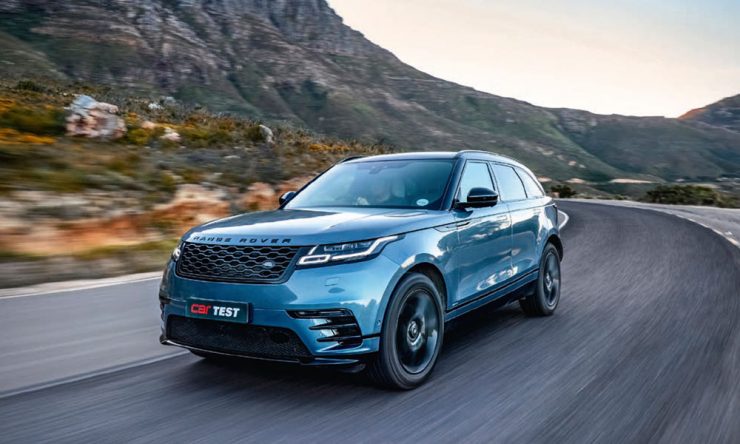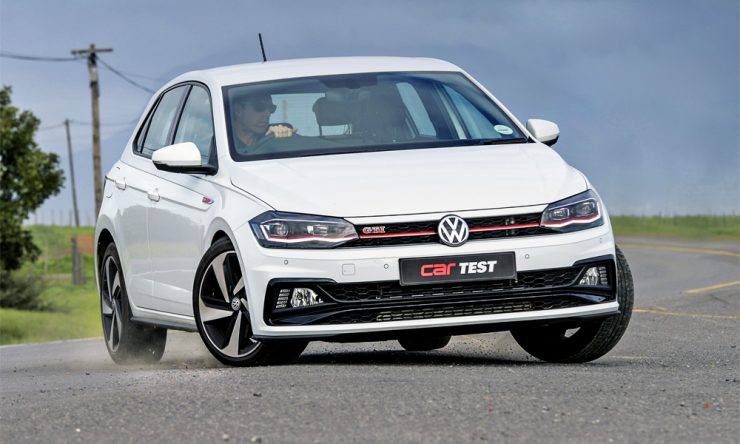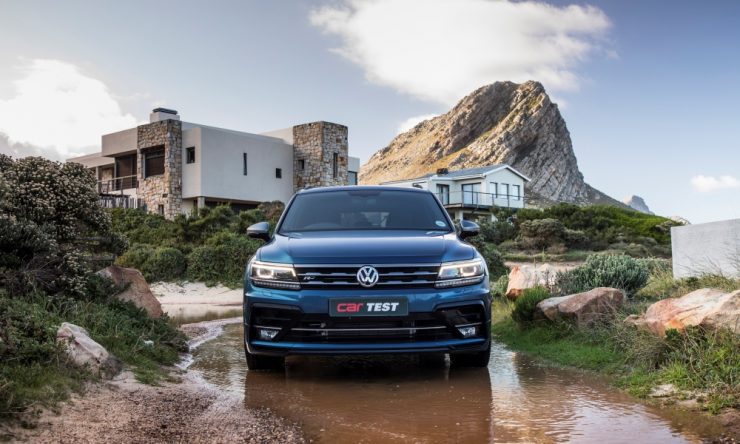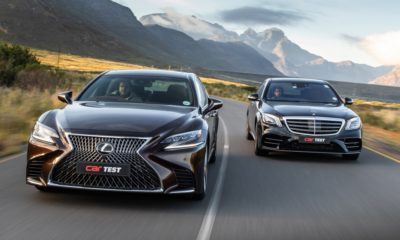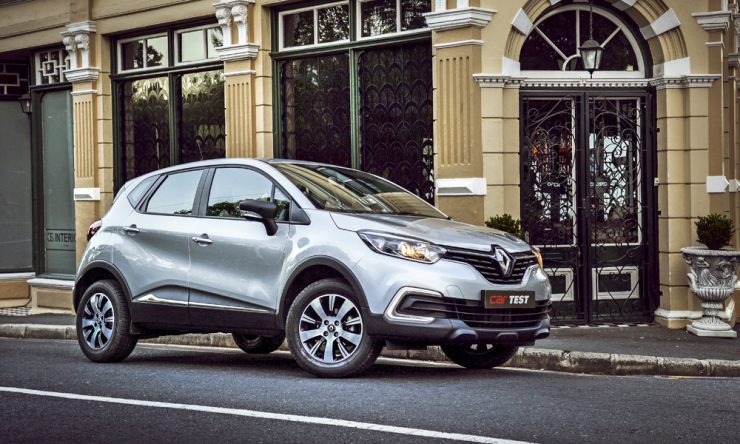CAR REVIEWS: RANGE ROVER VELAR D300 R-DYNAMIC HSE
The Velar’s virtues could well signal a draw in the contest of head versus heart…
“Coach lands on the runway at the same time as first class.” There’s much contention over whether this sharp idiom was ever delivered by Apple’s Steve Jobs to justify the premium his more elaborately engineered products command over more functional fare, or simply woven into Michael Fassbender’s narrative in 2015’s slick, if factually flimsy, film taking its name from the founder of the US tech giant.
Either way, it’s a shrewd observation that, while two discordant things may achieve the same result, it’s the experience that matters. On the same flight, the folks up front will have woken up from a good night’s sleep on a fold-flat seat to a substantial breakfast, while the rest, in less ostentatious lodgings aft, are concertinaed into seats no wider than a strip of toilet paper, peering wistfully at the plastic tray of horrors that’s their first meal of the day at 35 000 feet. Yes, ultimately, they all arrive at the same destination at the same time, but their journeys have been very different.
It’s a similar story with the latest addition to the Range Rover fold. There are more sensibly priced boutique SUVs out there that also cosset, entertain and draw envious glances from the less well heeled. The question, then, is: does the Velar’s visual panache and brand cachet justify its hefty sticker price? Mounted on the same platform and sharing much of its mechanicals with its JLR stablemate, the Jaguar F-Pace, the Velar plugs the substantial gap between the dinky (by Range Rover standards) Evoque and the larger RR Sport.
Although the Velar moniker pertains to the Latin word for “veiled”, there’s nothing covert about its styling. Offering a glimpse of the direction Range Rover’s exterior design is set to take, the Velar’s sizeable, clean panels (from which flush door handles emerge when unlocking the car) and more slimline takes on head- and taillamps are applied to a shapely frame that incorporates a low-cut roofline, high shoulder and narrow glasshouse.
Lighter colours may go some way to highlighting the optional gloss-black trim pack, but our test unit’s eye-catching Byron Blue livery and black 20-inch alloys tread a neat line between graceful and slightly menacing. It’s a look that garnered many envious glances, especially from Evoque drivers who may now be wondering what they can get on a trade-in. While it’s dimensionally similar to the F-Pace, the Velar concedes around 30 mm of rear kneeroom and the boot, although marginally bigger than the Jaguar’s, is long but rendered shallow by the full-sized alloy spare wheel nestled under its floor.
But what it lacks in outright utility space, the Velar more than compensates with perhaps the most visually appealing cabin in its class. Like the exterior, the emphasis lies on clean, sporty lines punctuated with surprise-and-delight details such as the backlit steering wheel controls that black out certain functions when pressed and the infotainment screen that rises out of its dash-aligned frame towards the driver.
In true Range Rover style, there are lashings of stitched leather trim covering most panels and chrome accents in between. But, most noteworthy is the dearth of buttons and switches on the lower facia. They’ve been replaced by a 10-inch black panel with a trio of chrome-ringed dials leaping into a crisp, touchscreen TFT display incorporating climate, drivetrain and seating controls.
Although the Velar’s cabin is a seriously satisfying, characterful place to be, there are some issues with perceived quality. Like a number of JLR products we’ve sampled, there’s that uneasy combination of beautiful materials and trim creaks, as well as small niggles such as the lid of the stylish pop-up storage bin on the centre console that grates the edges of its frame when closing. These things may seem trifling, but in a R1,3 million-plus car they do irk. Similarly vexing is that many of the lower touchscreen’s controls are represented by tiny icons that are difficult to accurately select on the move, often drawing the driver’s eyes off the road.
What doesn’t disappoint is this Velar’s powerplant. While the bulk of sales will probably comprise the more palatably priced four-cylinder Ingenium turbo models, it’s the 3,0-litre V6 turbodiesel that helps make it feel every bit the junior Range Rover. Despite this model’s surprisingly portly kerb weight (it’s only a hair lighter than the Discovery we tested), performance is respectable, with brisk in-gear acceleration throughout the speed range and a brawny 700 N.m of torque served up from just 1 500 r/min. Our mixed-use fuel run also saw the Velar return an impressive average fuel-consumption figure of 8,5 L/100 km.
In keeping with the stately manner in which most Range Rovers go about their business, the Velar’s throttle response and downshifts from the buttery-smooth nine-speed ‘box are measured in their modulation. Things sharpen up a touch with the drive-train-management system in its sportiest setting, but that slightly demure Range Rover character nullifies any fidgetiness.
It’s a similar story with the Velar’s dynamics. The composure and engagement borne from the F-Pace platform’s DNA has filtered into this car. The light but direct steering and resistance to instability under brisk directional changes is present, making the car easy to place when pushing on, but is flavoured with just a hint of the luxurious waft that’s a Range Rover signature.
More leisurely progress is about as quiet and cosseting as you could hope for. A distant rumble of the engine permeates the cabin and the air-sprung ride does a brilliant job of soaking up road scars while still performing a pleasing, almost speedboat-like dip of its tail and slight skyward pitch of its nose under acceleration. As with the Evoque, the likelihood of a Velar going bushwhacking is remote, but Land Rover’s off-road capability, in the guise of Terrain Response 2 and a ride height pumped up to 251 mm, can be baked into the Velar’s package. The former requires a R16 000-plus outlay.
The Velar’s biggest sticking point is probably its price. Capable rivals such as the cheaper Mercedes-Benz GLC350d are nearly half a million rand less, while its close relative, the F-Pace 30d, commands R200 000 less when equivalently specced to our admittedly overstuffed test unit. There’s also the salient fact that this particular model’s price treads precariously close to that of the seriously capable and appealing Range Rover Sport TDV6 HSE, although that parity will likely evaporate when the Sport undergoes a facelift in Q2 2018.
-
TEST SUMMARY
When it comes to aspirational vehicles, it’s always difficult to leave potentially judgment-impairing subjectivity out of a road test. Fortunately, the Velar provides the goods on both the mechanical and emotional fronts. The price is admittedly precipitous and its rivals are capable. But, with the well-heeled market it targets, the Velar’s combination of ironclad brand cachet and that hard-to-define feeling of pampered satisfaction will likely offset such concerns.
With that in mind, the general consensus among the CAR team is that the Velar will soon become a common sight on our roads, likely netting sales from those previously in the market for an Evoque and those undecided on whether to opt for a Range Rover Sport.
*From the December 2017 issue of CAR magazine

